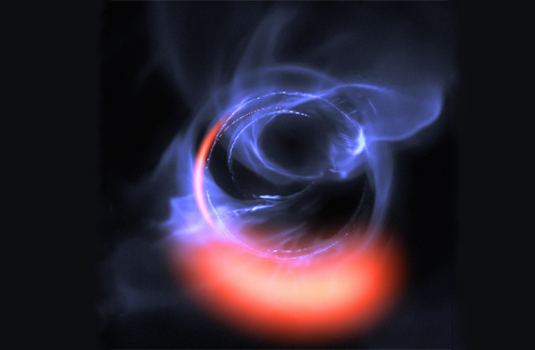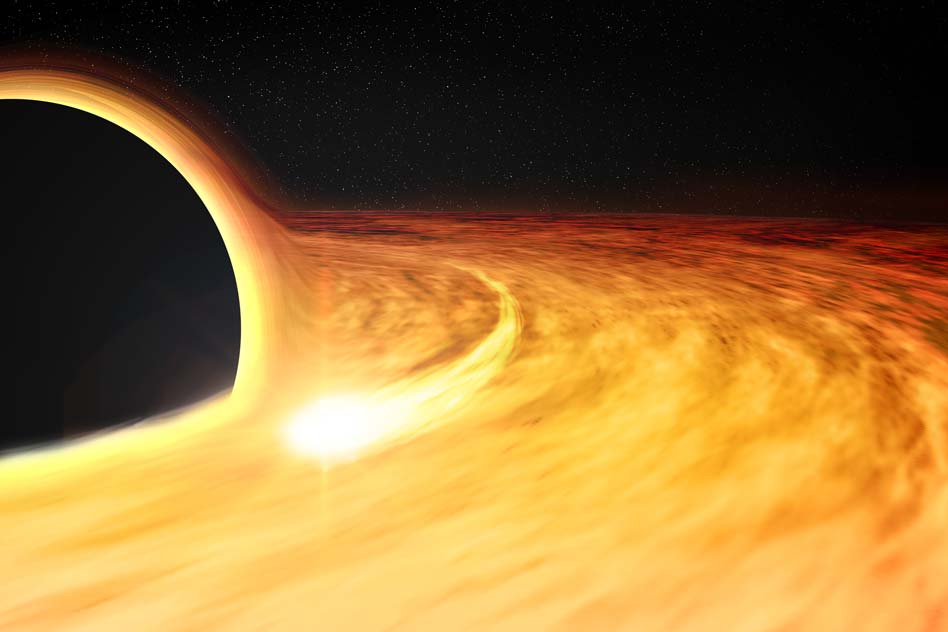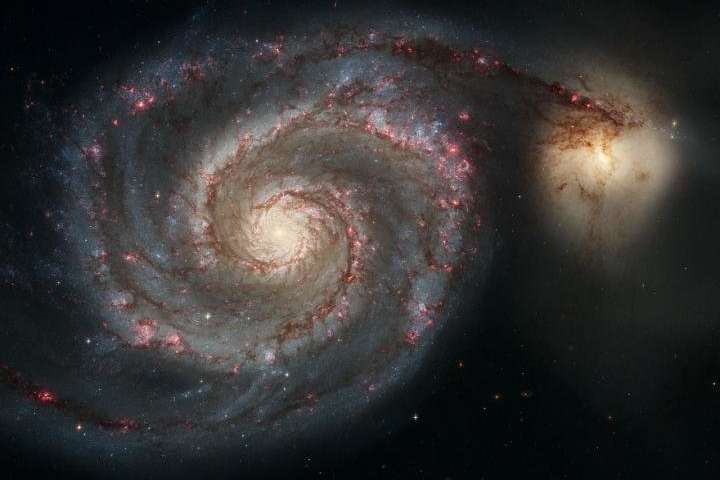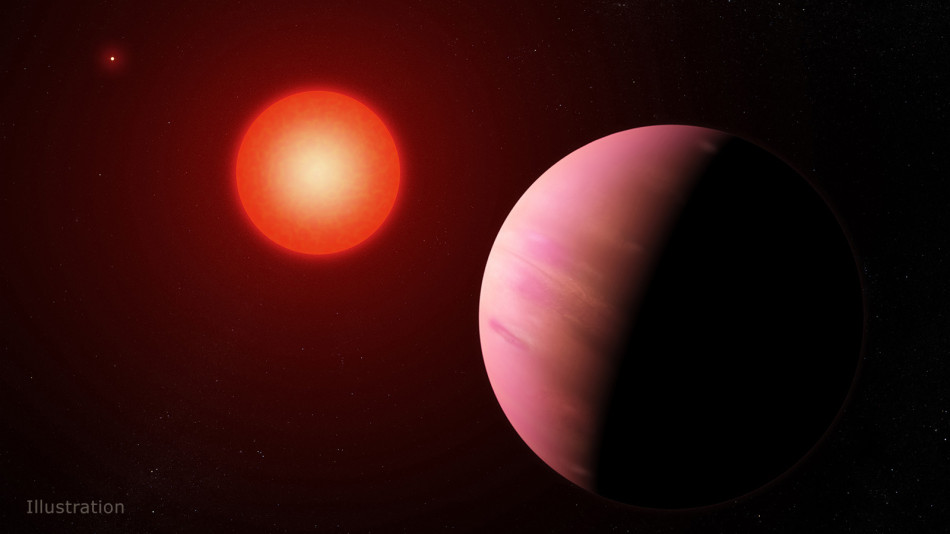LIGO Observatory Secures $34.5 Million Funding for Crucial Upgrades
In 2015, the Laser Interferometer Gravitational-Wave Observatory (LIGO) made history when it detected gravitational waves for the first time, something that Albert Einstein had proposed almost a hundred years ago. Now, it is getting a significant upgrade that will improve the instrument’s sensitivity to gravitational waves. Funds for LIGO upgrade In total, the LIGO project will receive ...













